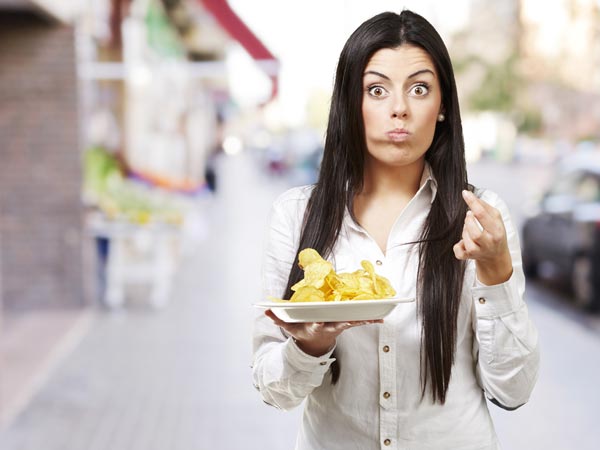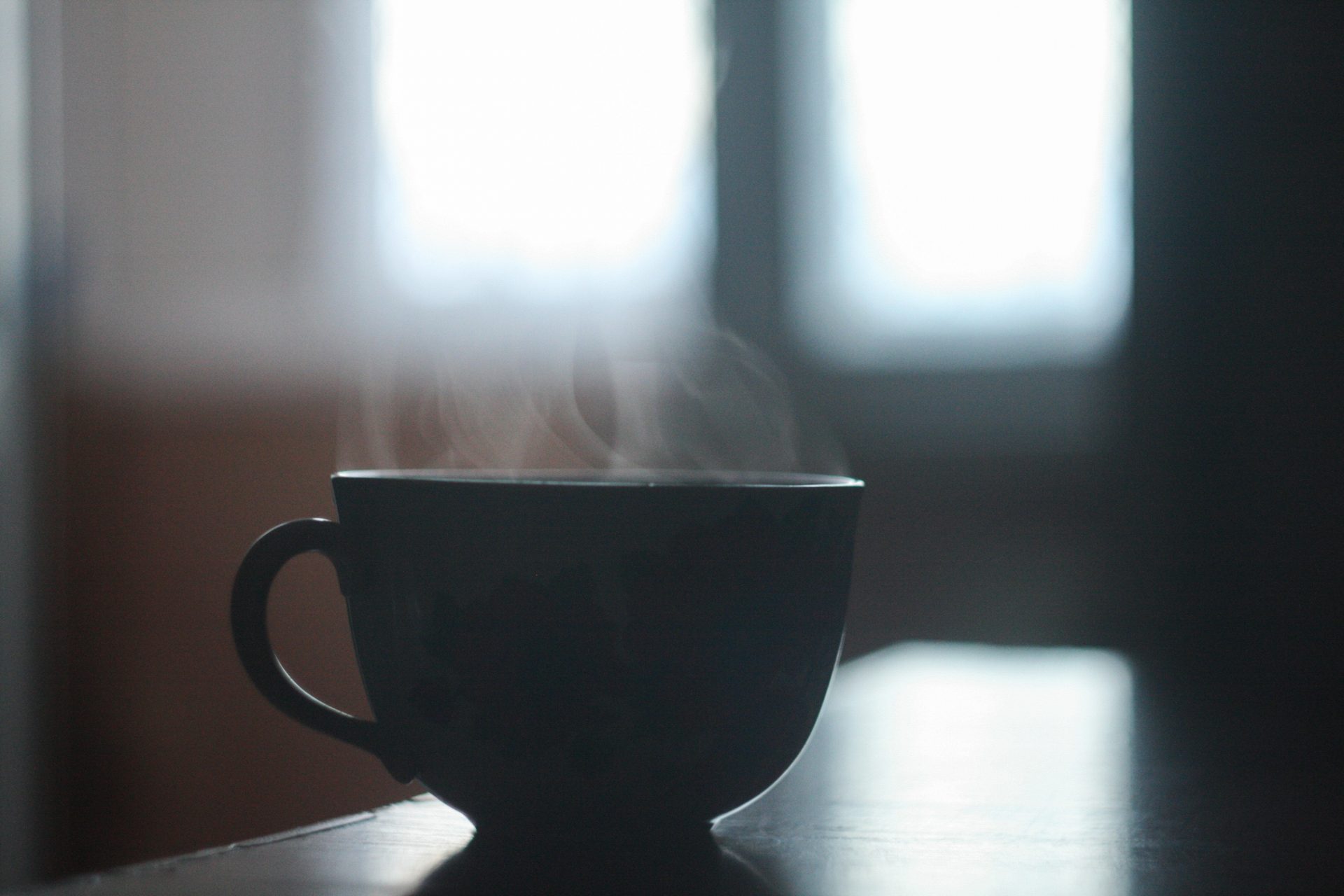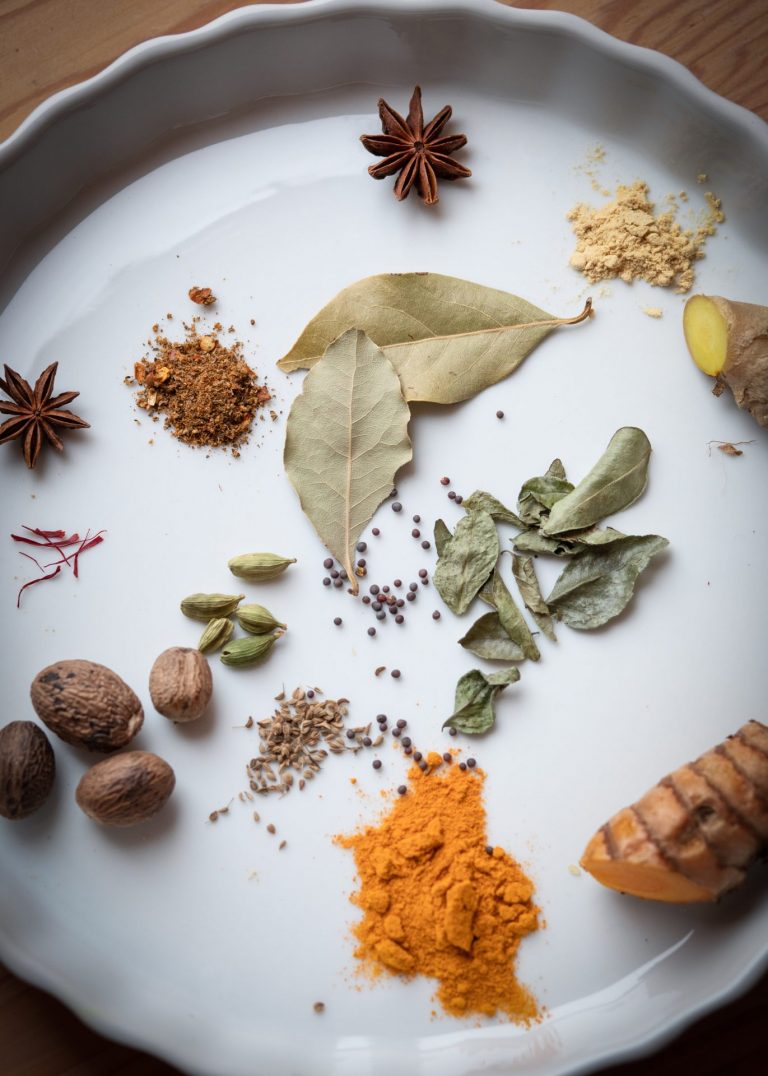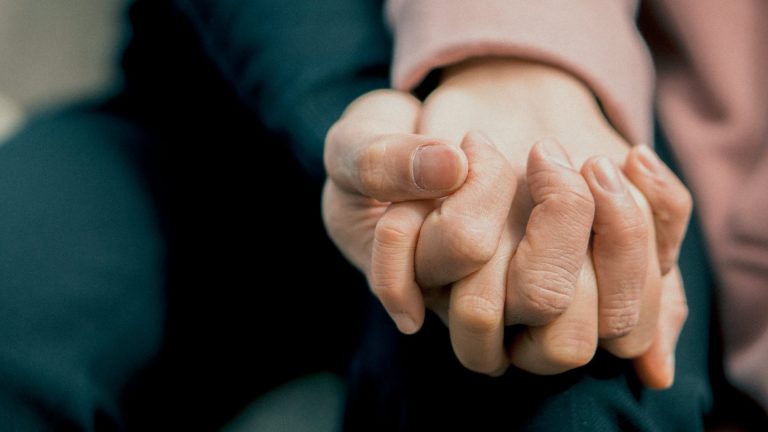Drink your food, eat your water
What kind of advice is that? That does not sound right! But it is and I will explain why and how.
I heard this statement for the first time from one of my biggest influencers, Dr Vasant Lad, who’s life work consist of translating and diffusing ayurvedic knowledge to the westerners, is at least one of the sources of this statement. Today I read a similar statement in a Finnish science magazine which prompted me to write this article.
“Drink your food” is a more graphic way to express the general advice we ayurvedic folks preach day in day out: Eat slowly. Chew well. You should process your mouthfuls so well in your mouth that they become completely liquid. Only then they are ready for the transit down to the lower parts of your digestive tract. That’s where the digestion continues out of your awareness until it asks for permission to come out form the part where the sun rarely shines.
Chewing is the most important part of digestion. Fail it and you pay the price by becoming aware of your digestion. If you bypass chewing by drinking food down, eating too fast, too much and in wrong combos, we can expect any or many of the following: gas, bloating, heaviness, acidity, diarrhoea, constipation, colic pain and inflammation of the gut (shown usually by skin rash).
Drink your food. Make sure the liquefying effect comes from saliva and not from water, wine or a sugary soda. Saliva is mostly water, so you need to have enough liquids in your body to be able to salivate. Sipping preferably hot water throughout the day, most of it before lunch is the best way to do it.
Drinking your food is quite self-explanatory but what about eating your liquids? How do you eat liquids? There are two ways to do it. First of all, you should have lots of food items that contain water, that well-known group of food items called vegetables, and fruits of course. Fresh fruits and vegetables contain something called structured water, which is electrically charged. In Ayurveda we call this kind of charge pranic. Preparing food from fresh ingredients gives you lots of water. Carrots have 90% water in them. Even ham, which is not fresh when you eat it has 70% water in it. The point is, you can be any type of eater, as long as you eat natural foods. Crisps have nearly no water. Avoid them, and other processed foods as much as you can.
 Another way to eat your liquids is to drink by sipping. There is a general tendency between my clients to drink a lot at one go. I wake up and drink a half a pint of cold water is what they consider a healthy habit. It’s not. It’s one of the worst ways to start the day. Cold water constricts the gut and increases mucous. Large amounts, like a pint, flush important digestive enzymes away that are already weak in the morning. Sipping a small cup of hot water will do the trick of scraping mucous, relaxing the gut and enhancing enzyme function as they thrive in heat.
Another way to eat your liquids is to drink by sipping. There is a general tendency between my clients to drink a lot at one go. I wake up and drink a half a pint of cold water is what they consider a healthy habit. It’s not. It’s one of the worst ways to start the day. Cold water constricts the gut and increases mucous. Large amounts, like a pint, flush important digestive enzymes away that are already weak in the morning. Sipping a small cup of hot water will do the trick of scraping mucous, relaxing the gut and enhancing enzyme function as they thrive in heat.
If you have cold water or anything cold, take a small dose in your mouth and don’t gulp it down immediately. Warm it up a bit at least so the stomach won’t have to take a hit of cold shower, which only makes it squirm like most of us would likely do when jumping under one.
What stands out from this wise piece of advice is that it all comes down to understanding that how you eat is more important that what you eat. Whatever the food item, healthy or unhealthy, can change dramatically in its nutritional profile by how it is eaten.
Learning how to eat takes only remembering one sentence and I hope you will cherish it.
Jivita Academy of Ayurveda offers ayurvedic education in the form of ayurvedic nutrition and ayurvedic massage techniques. Courses in ayurveda are adapted to the modern urban life without compromising tradition. Online education programs in ayurveda are run on demand. In person courses in ayurvedic massage are run regularly in London in our ayurvedic clinic, Jivita Ayurveda, in Kensal Rise.





Leave a Reply
You must be logged in to post a comment.